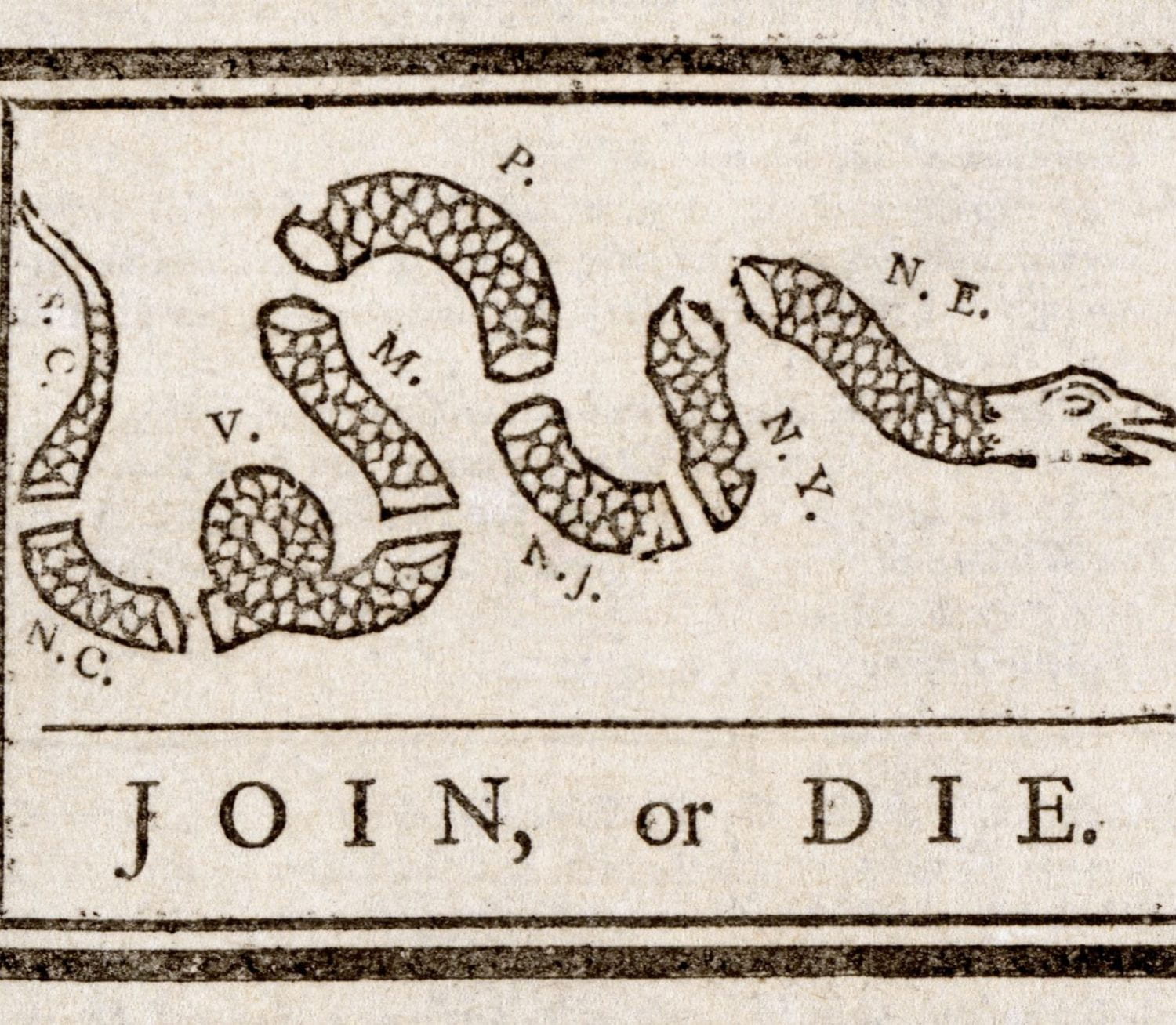By Brandon Eichelberg
For my museum visit, I chose to go to the Old Exchange. I walked around the self-guided portion of the building for a while and saw some very interesting things. The Great Hall on the second floor had some very insightful displays, and my favorite part of the floor would have to be the views out of the windows. At each window, there was an information sheet that discussed the significance of what I was seeing out of the window, such as Broad Street. I found this to be really interesting because it was a museum exhibit in real-time outside of the museum.
Other than this, there were two displays that I found very interesting in a room on the first floor. The first one was a showcase of the weapons used in the American Revolution. I found the weapons display to be intriguing because I was able to see how simple some of the weapons were from that time. My particular favorite was the Hessian bayonet. This is because it shows how weaponry was still so simple at that time. The bayonet, which was essentially a spear attachment for a musket, exhibits how hand-to-hand combat was still more reliable than gun combat. It also shines light on how new some aspects of warfare really are, considering warfare now is largely based on some sort of distancing. This is seen in the use of assault and sniper rifles, as well as fighter jets and missile launchers. This extreme difference in weaponry really shows how much war has shifted from close-combat strategies to distanced ones, and I think that the combination of spear (bayonet) and rifle really shows how the American Revolution was at a crossroads between these two periods of military history.
Furthermore, on top of this case, there was also a fun fact about Benjamin Franklin and his use of rattlesnake symbolism, which I found to be very relevant to our course discussion on his “Join or Die” artwork (even though it was not specifically a rattlesnake in his art). It stated that Franklin liked using the rattlesnake to describe the colonies because it never attacked unless provoked and it always made it clear when it was agitated.
The second display in that room that I found incredible was a Free Badge (even though it was a reproduction). The Free Badges were used in Charleston from 1783 to 1789 to designate the freedom of a free African American. Furthermore, the badge had specific serial numbers. Now the really interesting part, at least for me, was the engravement of a freedman’s cap in the center of the badge. As we have discussed in class, such symbolism was used in patriotic artwork depicting the goddess Columbia. This freedman’s cap symbolism comes from the Roman use of such caps on freedmen (people who were once slaves but gained their freedom), which is interesting to note because it seems fitting that the Columbia artwork that we saw in class would use such symbolism, considering many colonists would compare their subservience under Britain to enslavement.


